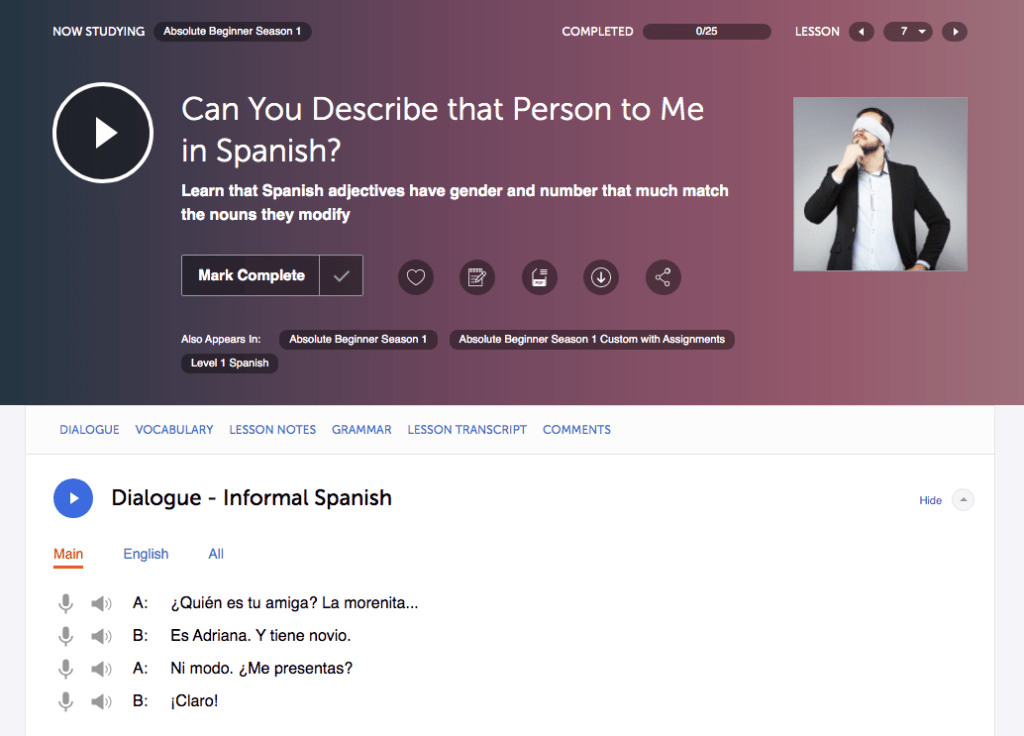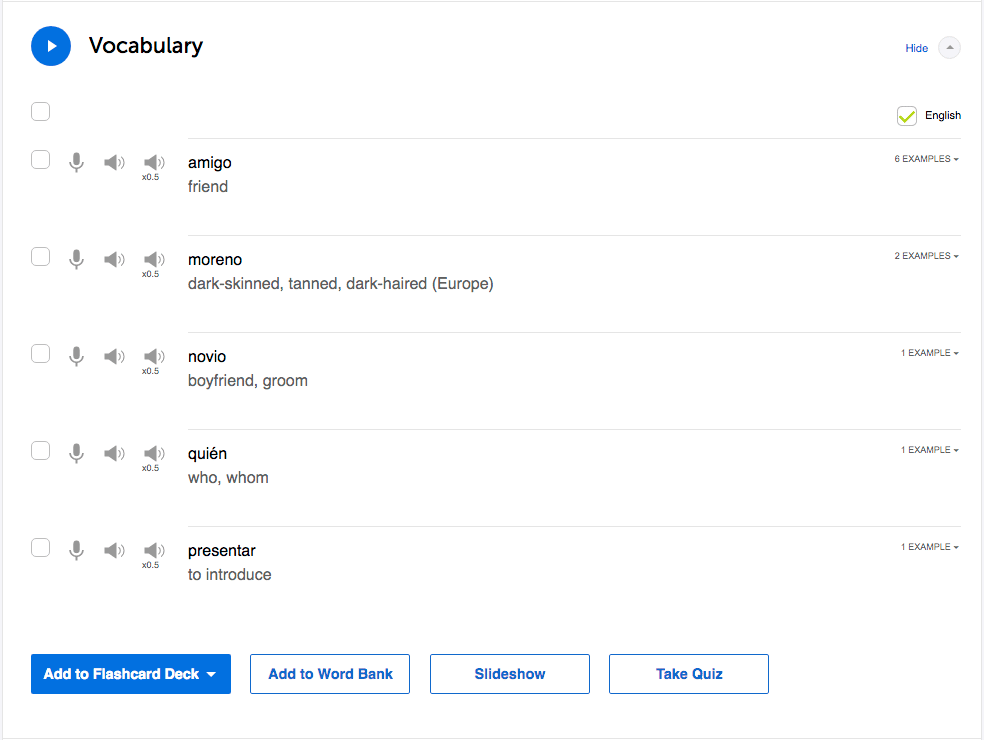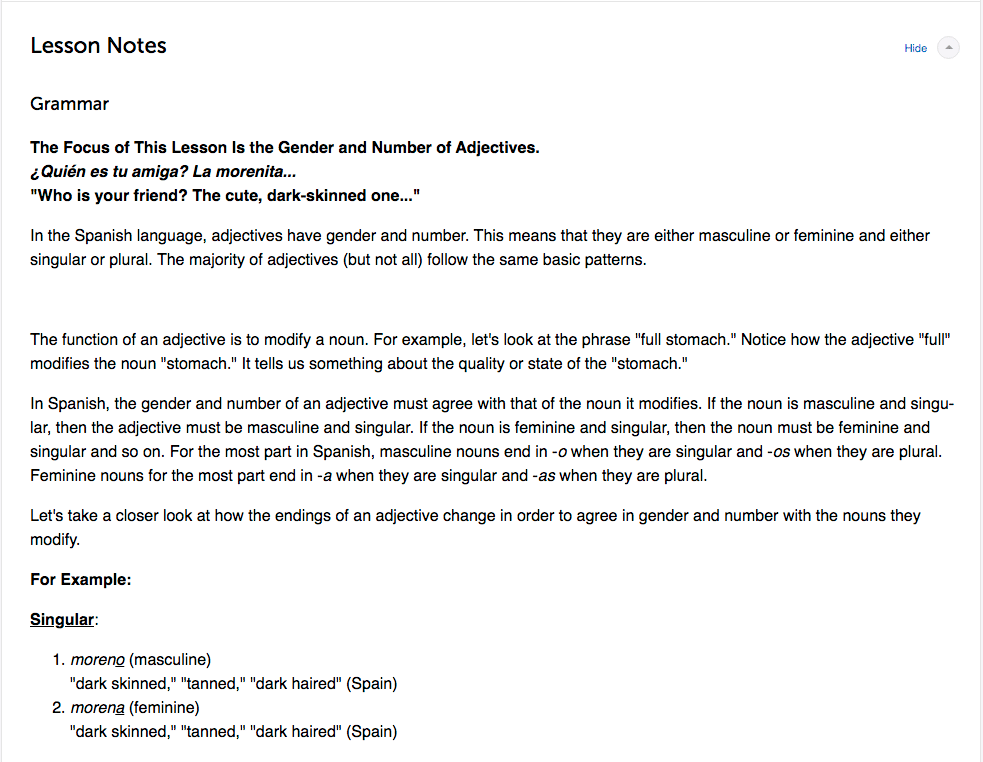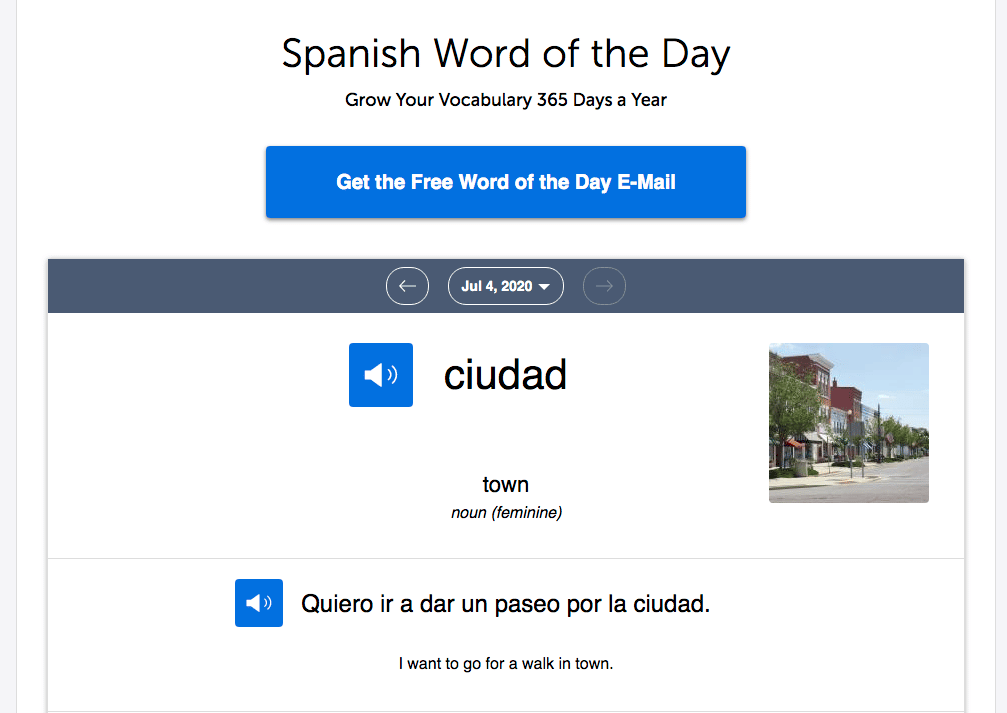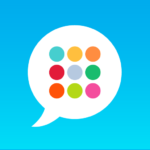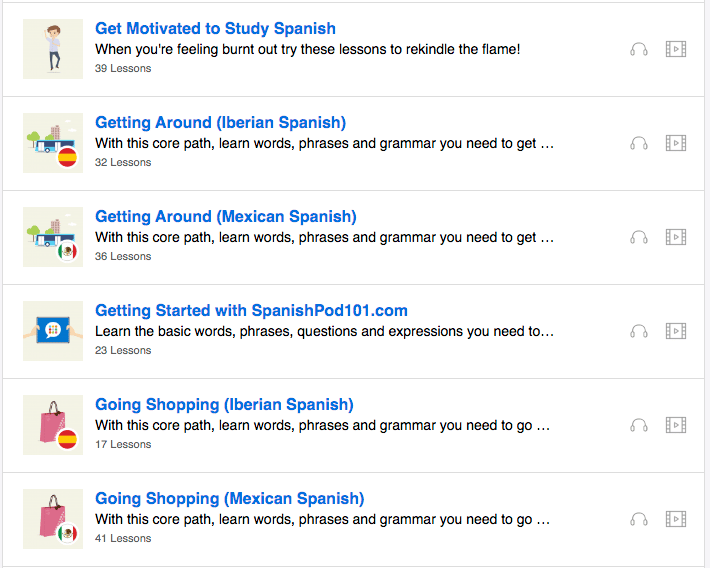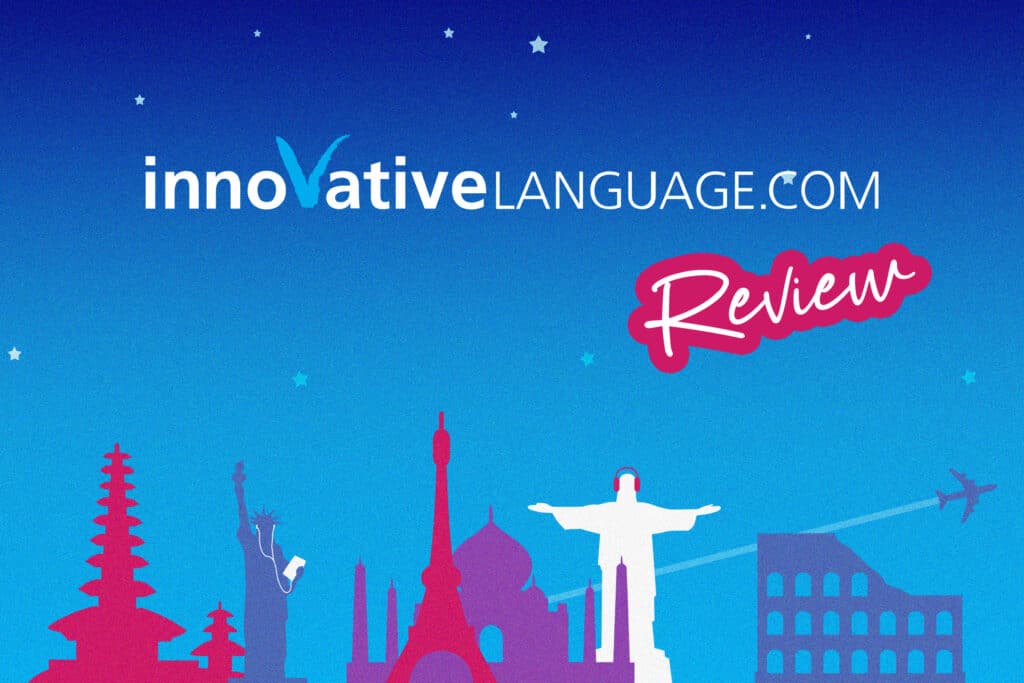
Innovative Language Review: Impressive Amount of Material but Lacking in Structure
Innovative Language’s tagline is hard to ignore: “Learn a language in the fastest, easiest, and most fun way.”
When I tested it out, I enjoyed picking up practical vocabulary from its dialogue-based lessons, but it’s not ideal as a standalone resource. For example, it works much better for listening rather than for grammar.
In this Innovative Language review, I’ll dive deep into the nuts and bolts of the language learning software and explain what it’s useful for.
Overview

Name: Innovative Language
Description: An audio-heavy, podcast-style language learning program.
Languages offered: 34 languages, including popular options like French, German, Italian, Spanish, Russian, Portuguese and Chinese.
Offer price: Some free content; monthly subscription from $4/month up to $23/month
Summary
This audio-focused program offers a huge amount of dialogue-based lessons, although the quality varies per language. You’ll learn about practical vocabulary for real-life conversations. It’s more podcast-style—you get to decide your own learning pathway, and there’s no strict step-by-step structure.
- User friendliness - 6/106/10
- Delivers on promises - 8/108/10
- Authenticity - 7/107/10
- Value for price - 8/108/10
Pros
- Focus is on the communicative approach to language learning
- The lessons are practical, plentiful and relevant
- Non-repetitive repetition is the mother of all learning
- Learning is on your own terms
- Two birds with one stone (language and culture)
Cons
- The lessons could use much better organization
- The dashboard could benefit from more purposeful design
- The quality across language programs isn’t consistent
- Lessons could be bolstered by more engaging videos
Contents
- The Basics of Innovative Language
- Innovative Language’s Core Features
- What’s in an Innovative Language Lesson
- Pricing and Subscription
- Pros of Innovative Language
- Cons of Innovative Language
- Is Innovative Language Worth It?
Download: This blog post is available as a convenient and portable PDF that you can take anywhere. Click here to get a copy. (Download)
The Basics of Innovative Language
If you’ve been learning a foreign language, you might have heard of a Pod101 series like JapanesePod101, GermanPod101 or FrenchPod101.
These programs are all made by one company: Innovative Language, which started in 2005. Today, it offers 34 languages, including popular options like French, German, Italian, Spanish, Russian, Portuguese and Chinese.
Innovative Language provides curated content for every level of language learner. The core of their lessons consists of an audio or video clip, which you then study.
There are nine levels in total, going from introduction and absolute beginner all the way to advanced. When you subscribe, you receive fresh language material (audio or video) every week.
Aside from their web platform, they have a mobile app for both iOS and Android.
I’m a fan of their YouTube channels too. For each of their most popular languages, they have tons of helpful videos that’ll let you get a taste of their content before subscribing.
Innovative Language’s Core Features
Now it’s time to figure out how Innovative Language actually works. It’s clear that it has a huge repertoire of languages to learn, so how exactly does it teach these 30+ languages?
Audio and Video Lessons
Audio and video lessons are at the heart of Innovative Language.
You can access the lessons by level, then choose a pathway or go through the videos in any order you want. The pathways are mostly topic-based—for example, about verb conjugation or health-related words—but each level also has a major pathway that covers all of the most important lessons.
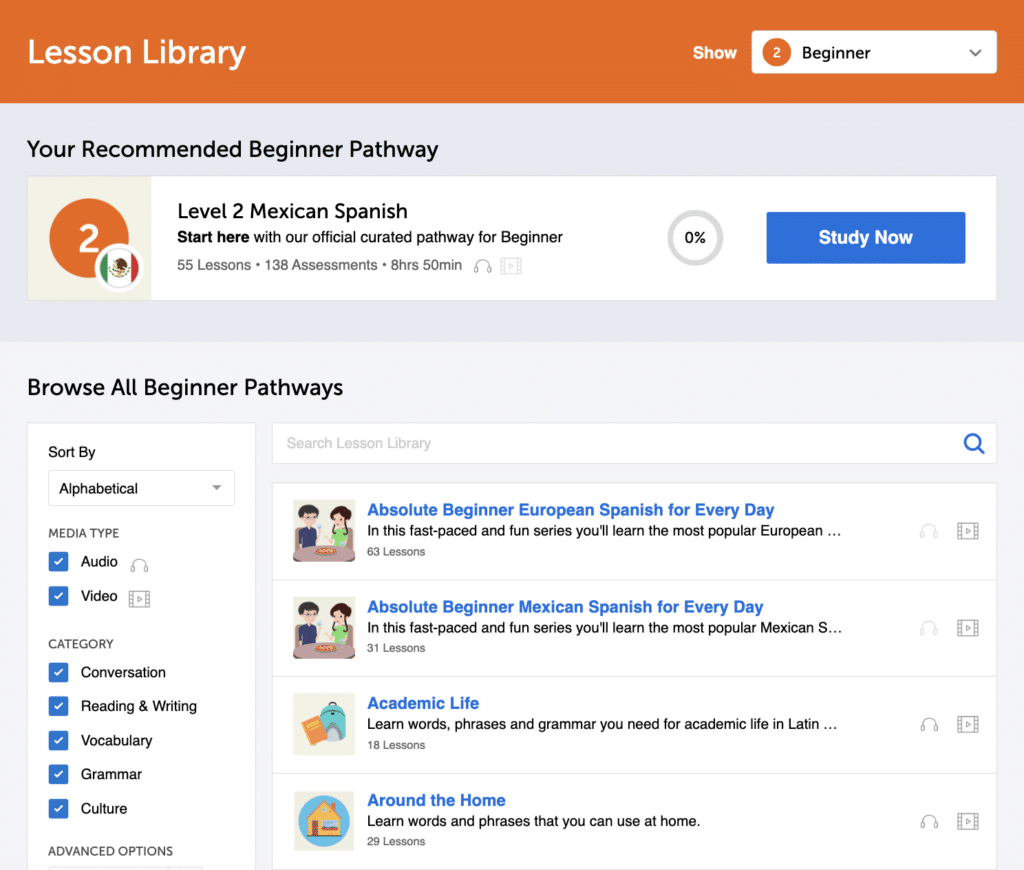
There’s a lot to choose from, so I prefer sorting the list based on popularity so I can identify series that other language learners have found useful:
You can download the lessons for offline viewing. This allows you to study anytime and anywhere, without being at the mercy of a Wi-Fi connection.
Other Study Tools
Innovative Language also includes several vocabulary tools. Generally, there are two types of vocabulary aids—the ready-made ones and those that you gradually build yourself.
The word bank is one you build yourself by populating it with words as you go through the lessons, while the vocabulary lists are pre-made decks you can study immediately:
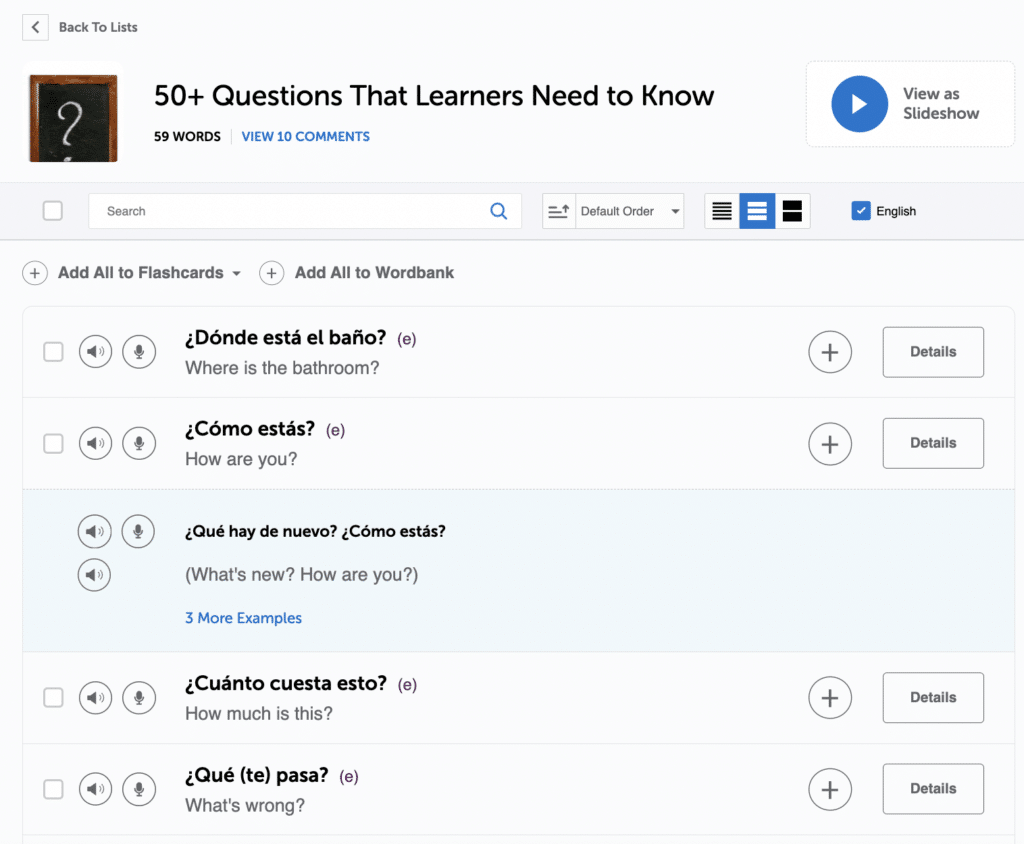
Flashcards, on the other hand, can be both. There are pre-made decks, but you can make your own.
Teacher Assistance
If you’re subscribed to the Premium Plus tier of the course, you’ll get access to one-on-one language lessons.
A teacher can prepare a learning program for you, give you weekly assignments and measure your progress. You can even send clips of yourself talking to them for feedback and ask questions.
What’s in an Innovative Language Lesson
The real magic happens in the lessons. A lesson usually has four standard parts: Dialogue, Vocabulary, Lesson Notes and Lesson Transcripts, with similar features on both web and mobile.
Dialogue
Most lessons begin with two podcast hosts who’ll serve as guides. They’ll be talking to each other, introducing a sample dialogue and then discussing the lesson. I felt like I was listening to amped disc jockeys on my morning commute!
One of the hosts will say, “Hey, why don’t we listen first to this conversation?” Then comes a pre-recorded dialogue.
The dialogue can be about anything. It can be about a guy talking about his family, asking another fellow about his job or making plans for the weekend.
For beginner lessons, the exchanges are usually less than eight lines.
The whole dialogue will then be fleshed out with the two hosts even talking about their personal experiences on the topic.
I enjoy listening to this because it’s where cultural gems are hidden. Hosts often share their personal experiences as well as observations of native practices and traditions. This is where you’ll learn just how friendly Italian men can get or how warm Spanish-speaking locals are.
Each language lesson really milks the dialogue. It covers pronunciation practice, vocabulary, key phrases, cultural tidbits and even a shot of grammar. After each lesson, I knew the lines like the back of my hand.
While listening to the dialogue, I’d read the transcript. The program even allows clicking on each line of the transcript to hear the audio. You can record yourself too delivering the line to compare your pronunciation.
Vocabulary List
Each dialogue comes with a vocabulary list containing the key words and phrases.
Again, you can listen to a native speaker pronounce the word, record yourself or even play it at half speed to focus on the pronunciation of the word.
Each word comes with at least one example sentence too (a few have more than ten!).
You can add words to a flashcard deck or to your word bank, take a quiz and watch a slideshow to remember them better. The quiz is a handy feature because it helped me internalize the vocabulary:
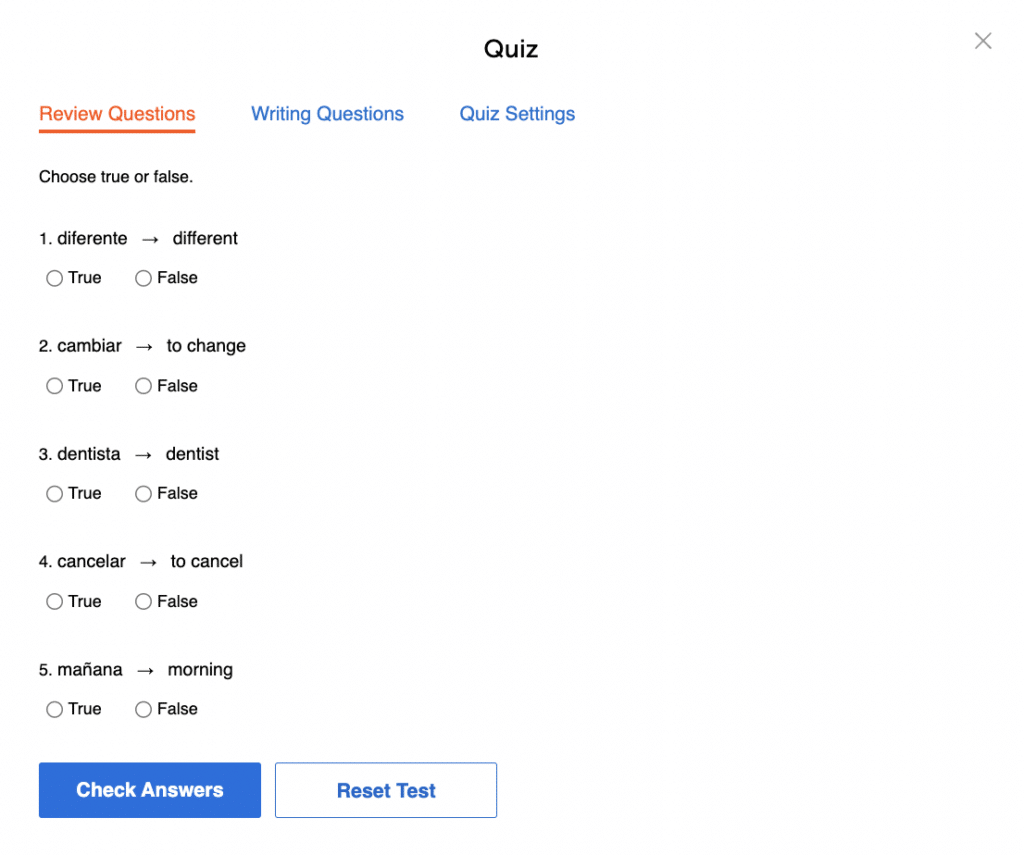
Lesson Notes and Transcript
This section is an in-depth dive into the grammar-related topics you can learn from the conversation. You’ll be taken behind the scenes and pointed to the nuances of the language. This comes with examples showing when each form is appropriate.
Pricing and Subscription
Once you join any of Innovative Language’s programs, you’ll automatically get free, full access to all the premium content for that language course. This unrestricted access lasts for seven days, giving you plenty of opportunities to look under the hood and take the program for a spin.
After seven days, your account automatically reverts to the “free lifetime” category, with limited access.
There are four Innovative Language subscription levels: free, basic, premium and premium plus:
- With free membership you only have the first three lessons of each series.
- A Basic subscription will give you full access to the lessons, but it lacks many vocabulary learning tools, such as word bank and spaced repetition flashcards.
- A Premium subscription will give you access to all the lessons and tools for that specific language course.
- Premium Plus, Innovative Language’s highest-tiered subscription, gives you the chance for one-on-one training, complete with ongoing progress assessments (and assignments!)
However, languages are priced separately. So if you want to study multiple languages, say Spanish, Japanese and German, you’re going to need multiple subscriptions. That said, Innovative Language often has sales, special offers and discounts, so the amount you pay may vary depending on the price reductions you find.
Pros of Innovative Language
Of course, no language learning app or software is perfect! Let’s look at what Innovative Language does well and where it struggles in a good ol’ “Pros and Cons” list, starting with the Pros.
Focus on Communication
The folks behind Innovative Language believe that language is best learned through meaningful interactions with others. That’s why they urge you to speak in the target language from the very first lesson and let you learn through authentic dialogues.
In fact, this approach has been shown to be more effective than traditional approaches. You can’t just read about a language to learn how to speak it!
And when Innovative Language does teach you grammar, it’s in the context of a conversation rather than on its own.
Practical and Diverse Lessons
In this program, you’ll have practical examples that will prove useful when talking to speakers.
Further, with an Innovative Language course, you’ll never run out of content.
Innovative Language is one of the most prolific producers of content (just from their YouTube channels alone!). Week after week, they supply you with fresh lesson material, and learners can get a free, neverending “Word of the Day” with Innovative Language.
Non-Repetitive Repetition
Innovative Language believes that for the lessons and insights to stick, you have to see the material repeatedly. However, they know they have to do it in interesting ways so students don’t drift off.
There are around a half dozen functionalities to help students remember vocab in the target language such as spaced spaced repetition flashcards, a word bank and word list of the “100 Most Common Words” and “2,000 Most Common Words.”
Lessons come at you through different modalities for maximum impact. You get a potent mix of videos, audio and text. Because lessons come at you again and again and at different angles, the new vocabulary stick more easily.
Learning on Your Own Terms
Folks at Innovative Language make sure that students have almost complete control of the learning process.
You choose your own language, level and topics. Students can set their own pace and go back, move forward, rewind or pause as needed.
Each pathway has topic-related lessons, such as dining out, shopping, travel, animals or body parts. And certain lessons in pathways can even be skipped or viewed out of order!
Cultural Tidbits
You can’t divorce a language from its culture, so Innovative Language has made a point of including cultural tidbits in its lessons in addition to personal experiences.
Let’s say the lesson is about meeting strangers. The hosts give you a short primer on the “dos and don’ts” between strangers in the culture, such as the cultural expectations of meeting a significant other’s family in Italy.
So you get more bang for your buck! Culture is expertly woven into your lesson and you come away appreciating more of the language.
Cons of Innovative Language
Lessons Need Better Organization
I’ve said that there’s plenty of course content to digest, right? Well, this is a double-edged sword.
Because of the volume of content involved, you might be at a loss on where to start or where to go next. You can feel bombarded with so many choices, kind of like the “Netflix Effect,” when you spend more time browsing through titles than watching the movie.
For example, in the Spanish program, you’ll have lessons that deal with elements of Peruvian Spanish, Puerto Rican Spanish, Mexican Spanish and European Spanish. Do you want to go through each one of them, or just one? And if just one, which one?
The lessons could use a much more instinctive organization so subscribers have an easier time choosing what to study next.
Dashboard Design Can Be Catchier
I have no beef with the app—I think it’s organized and designed pretty decently. The issue is the web version.
The dashboard is the first thing a student sees, so it’s important that it be visually appealing. Unfortunately, nothing stands out and everything seems flat.
If a student is supposed to spend hours and hours studying content, it would be much easier for them if the web interface possessed an inspired and inspiring design. It really affects motivation and engagement.
Inconsistent Quality Across Languages
To be fair, this is one of those things that’s very difficult to pull off for many language learning programs, but it just needs to be said: learning certain languages with Innovative Language is better than learning others.
The language learning software does relatively well with many common European languages, but it’s hit or miss with the lesser studied languages. For example, there’s plenty of room for improvement with their Vietnamese and Arabic programs.
For more on specific courses per language, you can check out these in-depth reviews:
The good news? All of Innovative Language’s programs are continually being updated and improved. So hopefully, all the language programs will be amazing over time!
Much More Audio than Video
In my opinion, Innovative Language relies too much on audio material and podcasts.
Don’t get me wrong, the listening material is great. But the language learning software could be made even better with more video content. Innovative Language does provide the occasional video, but these videos are tutorial-style videos as if the learner is attending a lecture.
A video stimulates multiple parts of the brain, making the content more vivid and memorable. Besides, I’m not just talking any video: Innovative Language could capitalize on some actual native content to assist with their communicative learning approach.
For that missing native content, you can supplement your learning with a program such as FluentU.
With FluentU, you hear languages in real-world contexts—the way that native speakers actually use them. Just a quick look will give you an idea of the variety of FluentU videos on offer:

FluentU really takes the grunt work out of learning languages, leaving you with nothing but engaging, effective and efficient learning. It’s already hand-picked the best videos for you and organized them by level and topic. All you have to do is choose any video that strikes your fancy to get started!
Each word in the interactive captions comes with a definition, audio, image, example sentences and more.
Access a complete interactive transcript of every video under the Dialogue tab, and easily review words and phrases from the video under Vocab.
You can use FluentU’s unique adaptive quizzes to learn the vocabulary and phrases from the video through fun questions and exercises. Just swipe left or right to see more examples of the word you're studying.

The program even keeps track of what you’re learning and tells you exactly when it’s time for review, giving you a 100% personalized experience.
Start using the FluentU website on your computer or tablet or, better yet, download the FluentU app from the iTunes or Google Play store. Click here to take advantage of our current sale! (Expires at the end of this month.)
Is Innovative Language Worth It?
If you’re focusing on one language and you enjoy dialogue-based lessons, then Innovative Language is worth the tab.
The volume of content alone from Innovative Language will give you your money’s worth. Even if you listen to a lesson every day, you’ll never run out of material. Unlike free lessons online, their lesson notes and transcripts are also very high-quality.
It also covers very diverse topics, so you’re unlikely to get bored.
For those looking for a more structured learning path, though, Innovative Language might not be the best fit. You can consider Pimsleur, which offers organized audio lessons that you need to do daily in a certain order.
There’s also Coffee Break Languages for similar podcast-style lessons but with a more casual feel.
Overall, keep this in mind: Whichever language program you subscribe to, you get out what you put in.
There are no shortcuts to becoming fluent in a language. You have to do all the leg work. And you know what they say… “Don’t skip leg day!”
Download: This blog post is available as a convenient and portable PDF that you can take anywhere. Click here to get a copy. (Download)

